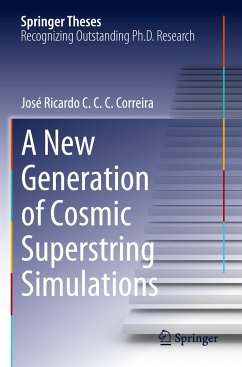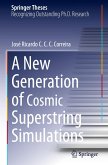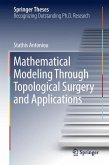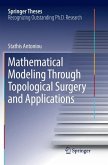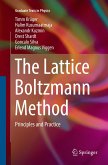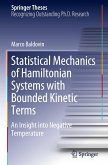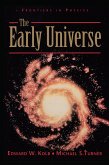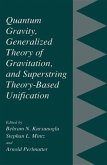Topological defects are an expected consequence of phase transitions in the early Universe. As such these objects, if detected, provide unequivocal evidence of physics beyond the Standard Model. This means they are prime targets for new observational facilities. However, our understanding of defects is heavily bottlenecked by computational limitations. In this book, the author explores the use of accelerator hardware to alleviate this problem, presenting the world's first (multiple-)GPU defect simulations. Such simulations can evolve a network of line-like cosmic strings at an unprecedented resolution. Then these are used to obtain the most accurate to date calibrations of semi-analytical modelling and to show the impact of accuracy on observational consequences of strings. Lastly, a modified version of this application is used to study interconnected networks of strings in greater detail than ever before. This book benefits any student or researcher who wishes to learnabout field theory simulations in the early Universe and about supercomputing with multiple accelerators.
Bitte wählen Sie Ihr Anliegen aus.
Rechnungen
Retourenschein anfordern
Bestellstatus
Storno

